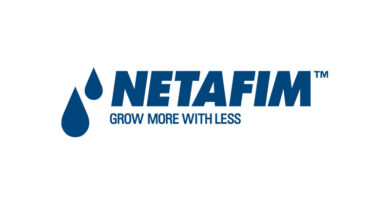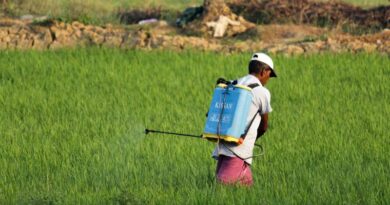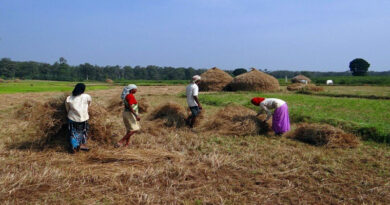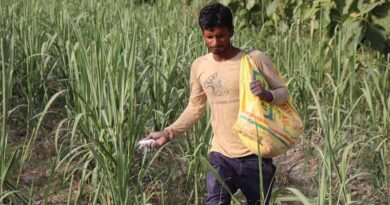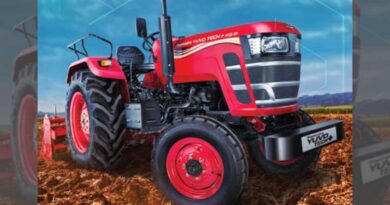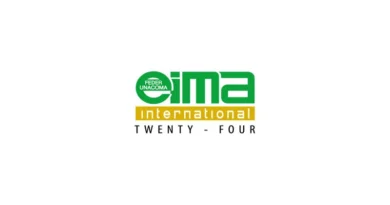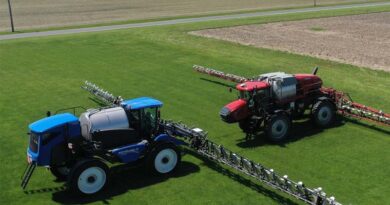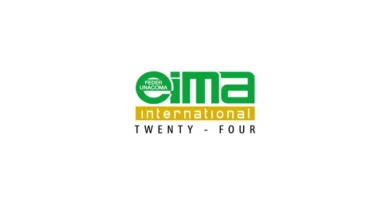High expectations from the Union Budget 2023: Mrityunjaya Singh, Managing Director of CLAAS India
27 January 2023, New Delhi: Given that the budget has been increasing year over year, the agriculture sector has high expectations for the upcoming budget 2023–24. This will attract the necessary investments in the agricultural sector and support farmers through many centrally funded programs of the Indian government.

Mrityunjaya Singh, Managing Director, CLAAS India Pvt Ltd shares his expectations from Union Budget 2023-24.
Boost Farm Mechanization
Boost Farm Mechanization to enhance operating efficiency for doubling farmers’ income. The subsidy schemes, guidelines, and budgetary support of the Central Government are interpreted and implemented by State Governments in varying degrees.
However, matching the budgetary support of the State Government and hence the timely release of subsidy funds for farm machinery schemes vary from state to state. In some states, the subsidy schemes are perfectly implemented and payments to farm equipment suppliers are made in a reasonable time. But in several other states, not all subsidy schemes are implemented thereby denying farmers of those states the accruable benefits of improving farming efficiency and thus their income. In addition to erratic implementation, payments to machine suppliers are severely impacted leaving suppliers no option but to approach the law for redressal.
To address this, the following policy-level changes are required:
- It is recommended to have the Central Government issue a list of mandatory farm mechanization schemes to be implemented by the State.
- It is also recommended that these schemes should be under the reserved budget of both Central and State as per contribution ratio and payments should be made within 7 days of receiving verified claims by the State Treasury.
Promote domestic manufacturing
Promote domestic manufacturing of Combine Harvester under the ‘Make In India’ program as
● The Make In India program is seeing uneven movement in the Agriculture sector because of the conflicting situation created by free-for-all imports of farm equipment that are already being built in India to global quality standards. The Combine Harvester executes a key farming operation for the farmer and they are being short-changed by cheap, poor-quality imports from China, Thailand, etc. that do not have a proper warranty or aftermarket support. This has led to the creation of a lot of NPAs and bankruptcy for thousands of farmers who got lured to buy such machines by their initial cost and then could not get any support from importing agents or their manufacturers for spare parts and service support.
● The sharp rise in imports is at the cost of continually reducing domestic installed capacity utilization as can be seen from the chart below:
Import of Combine Harvesters in the last 4 years
| Machinery | FY-19 | FY-20 | FY-21 | FY-22 |
| Track Type Combine Harvesters | 1687 | 2820 | 4241 | 4500+ |
The above graph indicates that India has increased the import of Combine Harvesters impacting the Make in India story. To encourage local manufacturing, the following changes are expected in the upcoming Budget.
● Levy Customs duty on imported Combine Harvesters of 75% to bring a level playing field for imported and domestic options at the Farm Gate Level.
● Deny enlistment of such imported equipment by any state in their approved subsidy list of equipment to deny any subsidy support for imported equipment, as done by many democracies in the world.
● The above changes will help in substantially increasing domestic production of the same type and class of equipment by the SME sector in India.
Enhance Export incentive
Enhance export incentives for farm equipment to make India a world factory. RoDTEP (Remission of Duties and Taxes on Exported Products) benefits for the export of Combine harvesters if increased to 4% from the current benefit of 1% could result in a 10 to 15% export of Combine Harvesters.
Also Read: Agriculture in India
(For Latest Agriculture News & Updates, follow Krishak Jagat on Google News)



